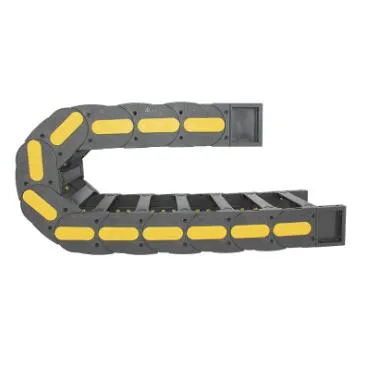toothed belt drive
Understanding Toothed Belt Drives
Toothed belt drives, also known as synchronous belts or timing belts, have become increasingly popular in various applications due to their efficiency and reliability. These mechanical components are designed to transmit power and motion between two or more shafts while ensuring precise timing. This article will delve into the characteristics, advantages, applications, and maintenance of toothed belt drives.
A toothed belt is made from a flexible material, typically rubber, with teeth molded into its inner surface. These teeth grip corresponding teeth on the pulleys, providing a positive engagement that prevents slippage. This design is paramount in applications where timing is crucial, such as in automotive engines and industrial machines. The synchronization of motion eliminates the need for a separate timing mechanism, making it vital for applications requiring precise speed and positioning.
One of the most significant advantages of toothed belt drives is their efficiency. Compared to traditional belt systems, toothed belts transmit power with minimal energy loss. The direct contact between the belt and pulleys results in fewer vibrations and noise, contributing to a smoother operation. Additionally, toothed belts require less maintenance than chain drives, as they do not require lubrication or regular adjustments. This low-maintenance requirement makes them an appealing choice for many industries.
toothed belt drive

Toothed belt drives are highly versatile and find applications in numerous fields. In the automotive industry, they play a crucial role in connecting the crankshaft to the camshaft, ensuring the engine operates in perfect synchronization. In industrial settings, toothed belts are employed in conveyor systems, textile machinery, and robotics, where precise movement and reliability are essential. Moreover, they are increasingly used in 3D printers, CNC machines, and other equipment that necessitates accurate positioning.
Despite their numerous advantages, it's essential to acknowledge that toothed belt drives do have limitations. The belts can be susceptible to wear and tear, particularly in high-load situations or extreme environmental conditions. Factors such as temperature fluctuations, humidity, and exposure to chemicals can degrade the material over time. Regular inspection and replacement are necessary to ensure optimal performance and longevity.
Maintenance of toothed belt drives primarily involves checking for signs of wear, such as fraying or cracking, and ensuring proper tension. Proper installation and alignment are crucial to prevent premature wear and failure. Moreover, it is advisable to follow the manufacturer's recommendations for servicing and replacing the belt, as this will help maintain the system's efficiency.
In conclusion, toothed belt drives are an integral part of modern machinery, offering a reliable and efficient means of transferring power and motion. Their ability to provide precise timing and low-maintenance operation makes them ideal for a broad range of applications. As technology continues to evolve, the importance of toothed belt drives will only grow, ensuring that they remain a crucial element in various industries for years to come.








